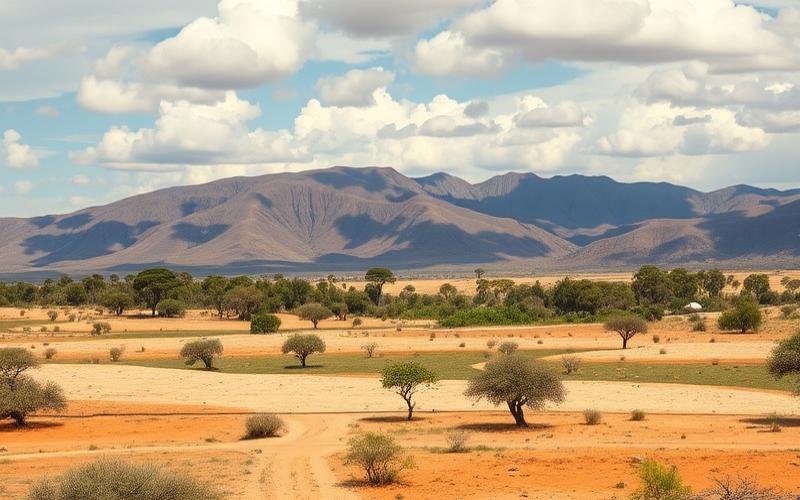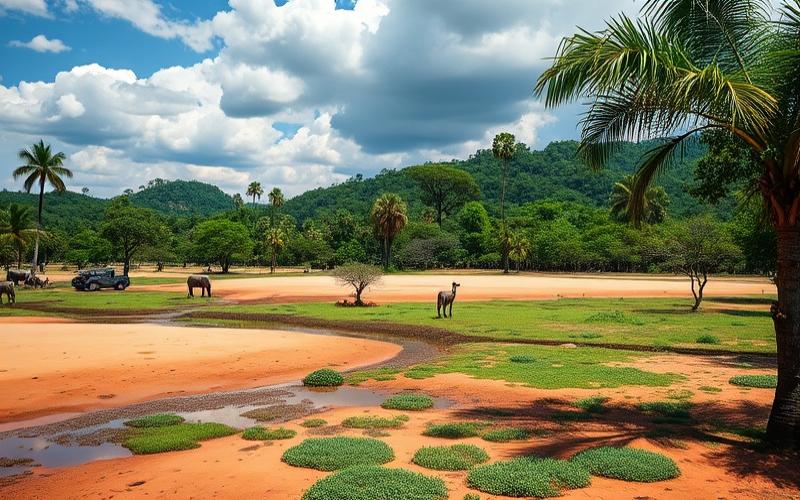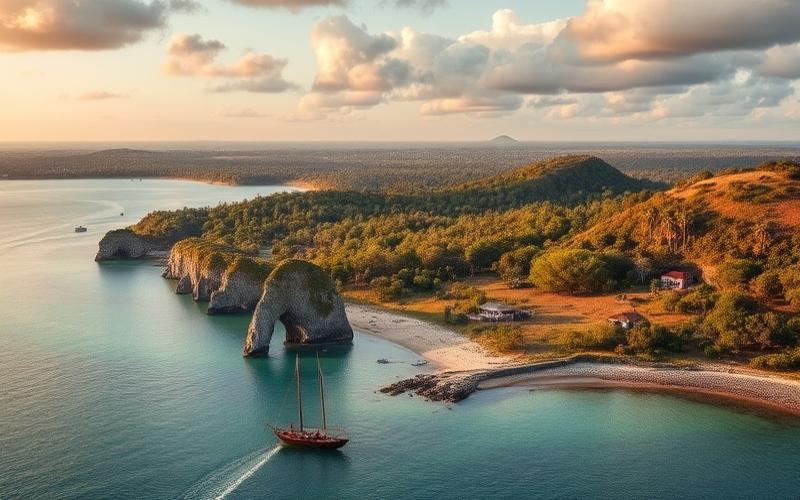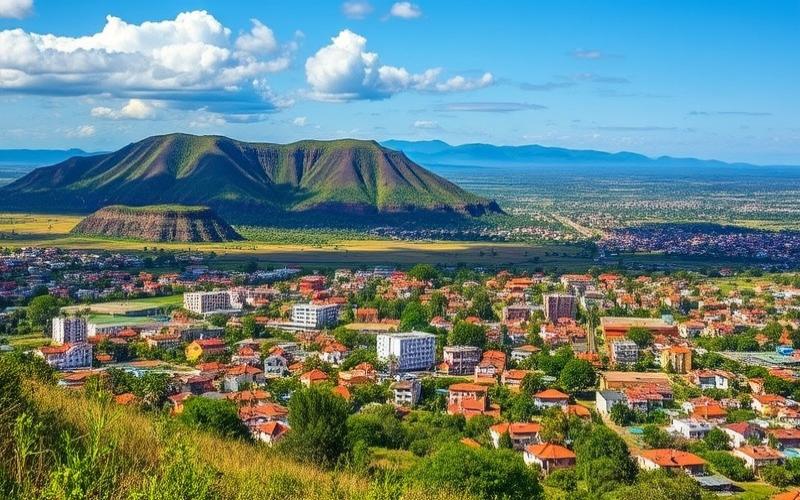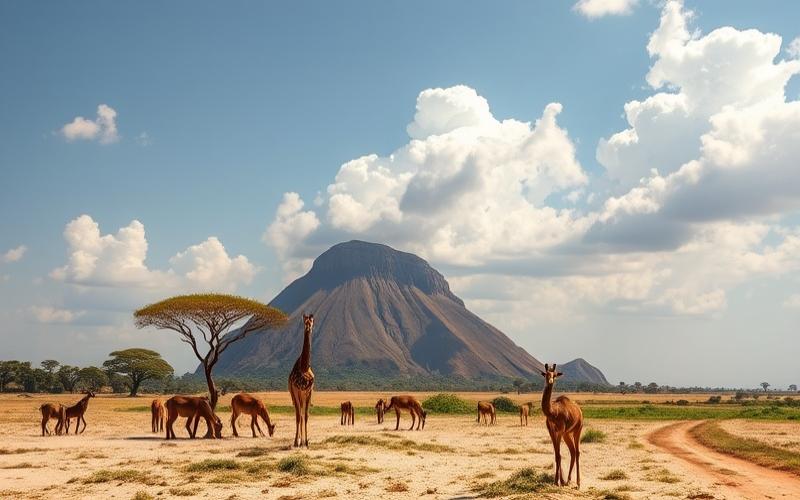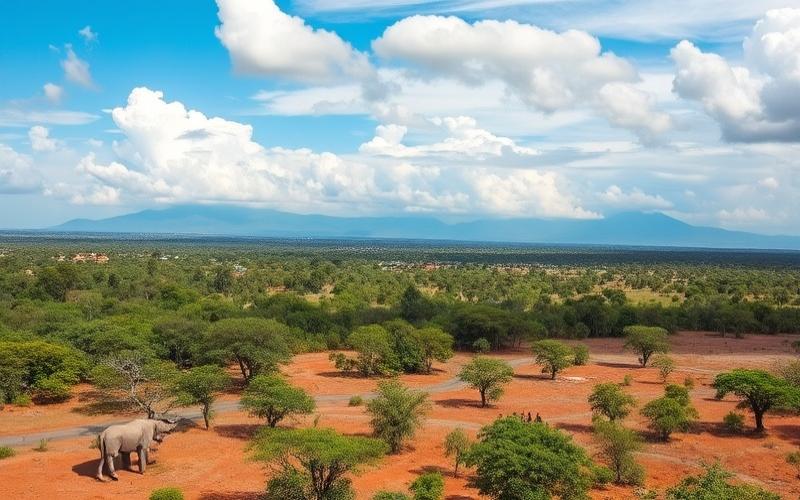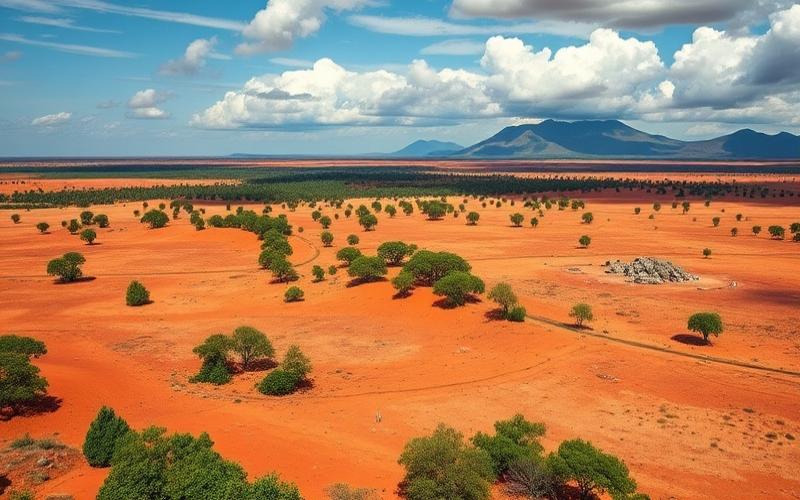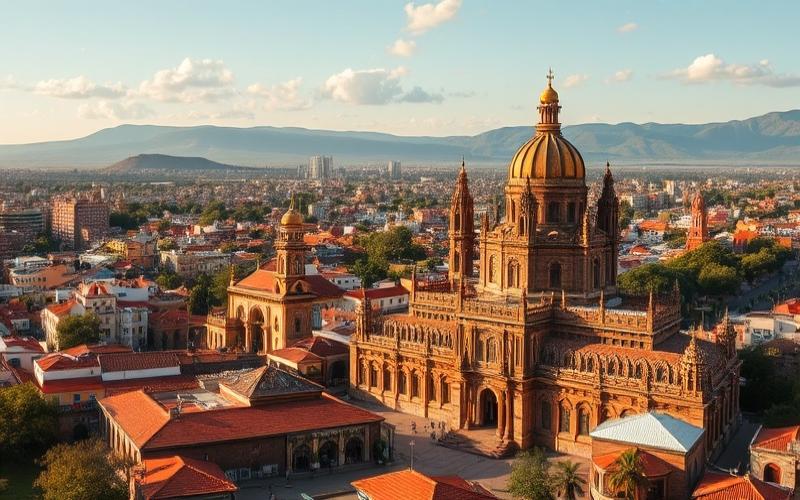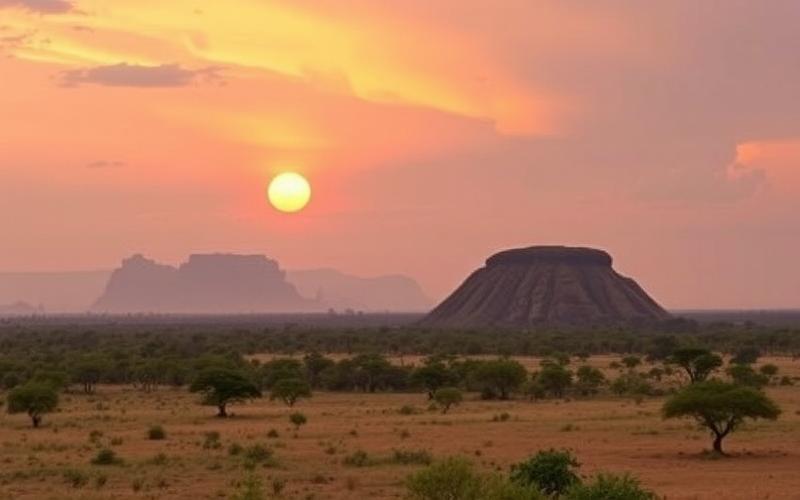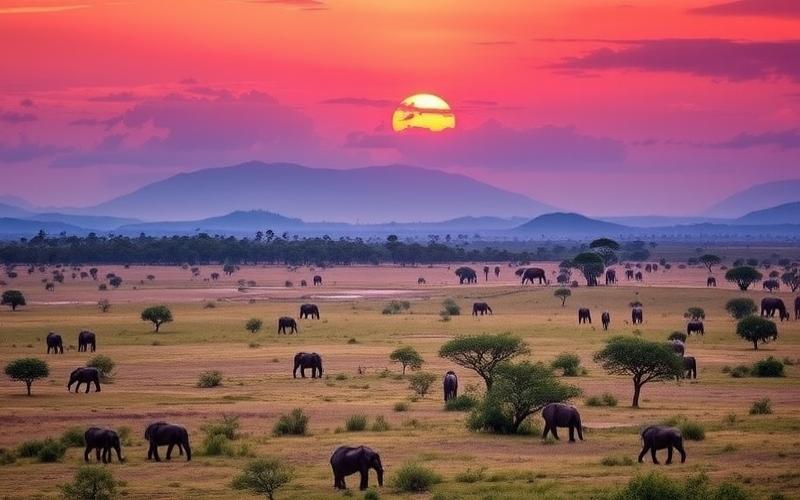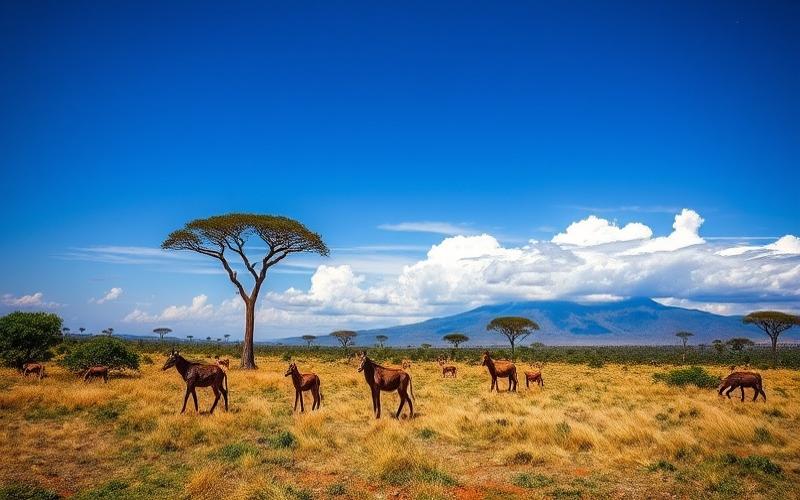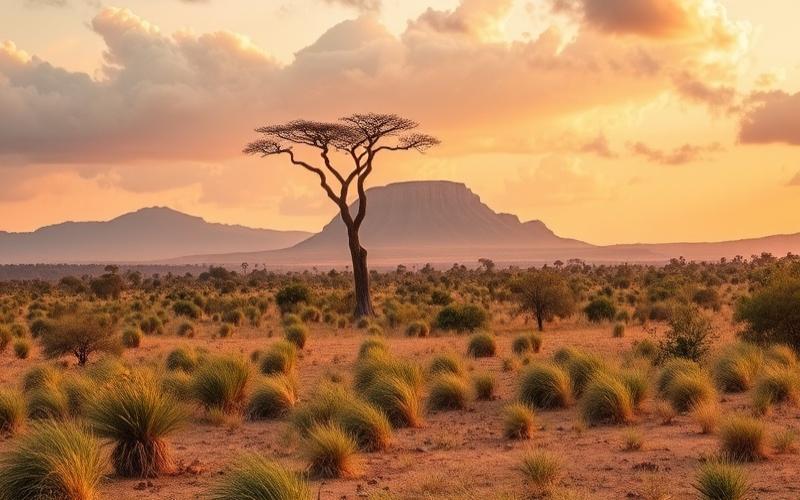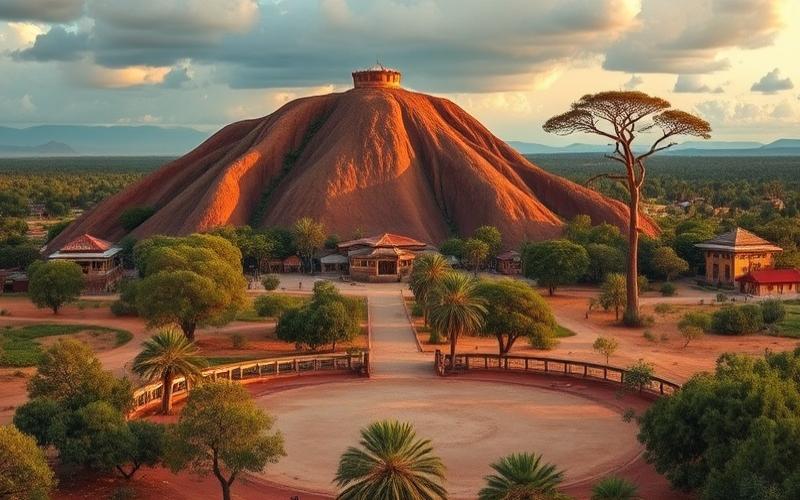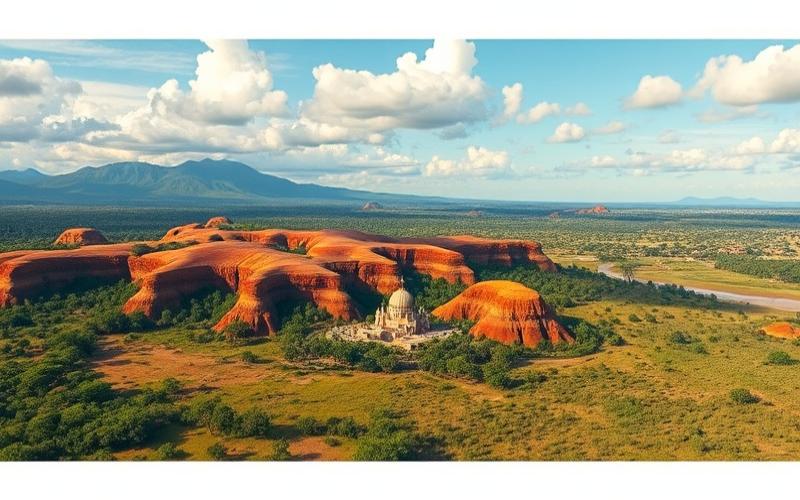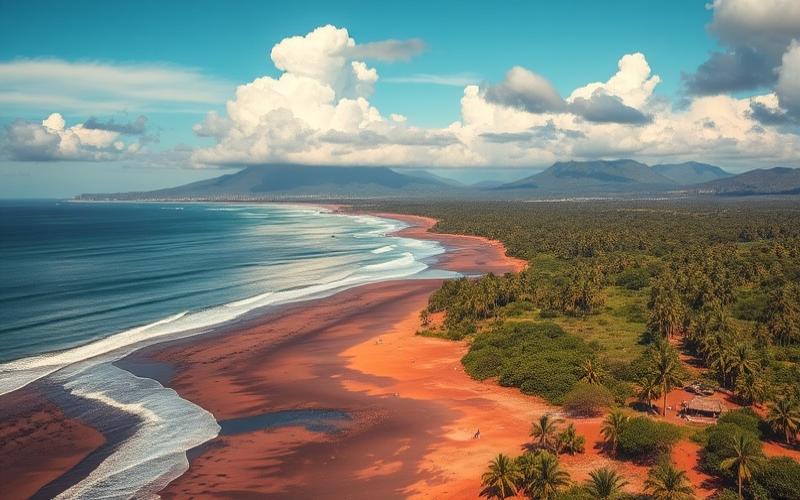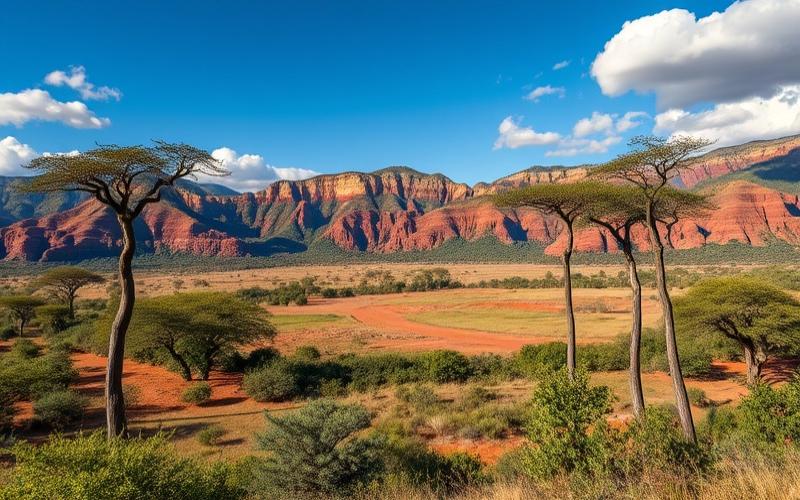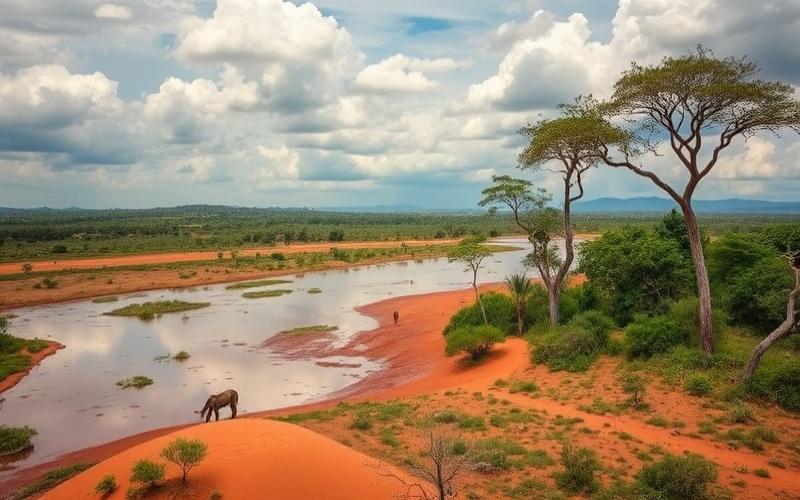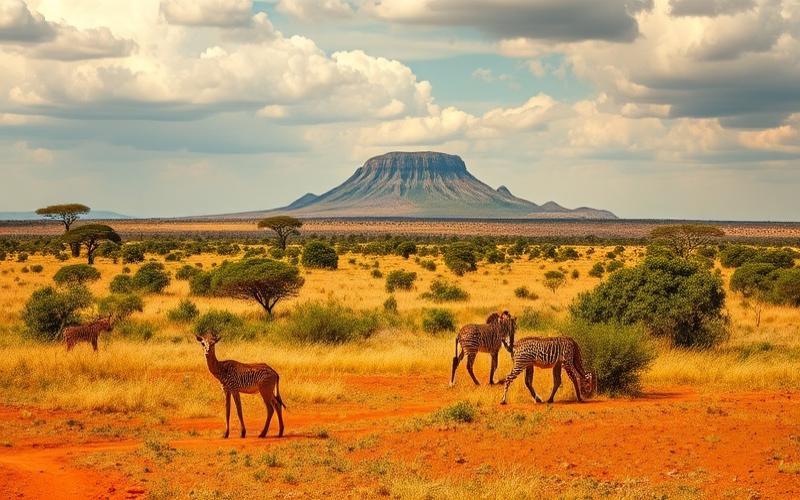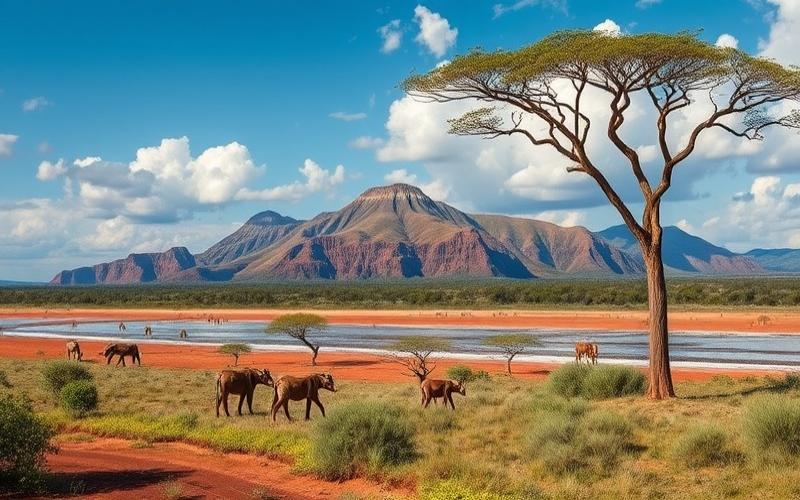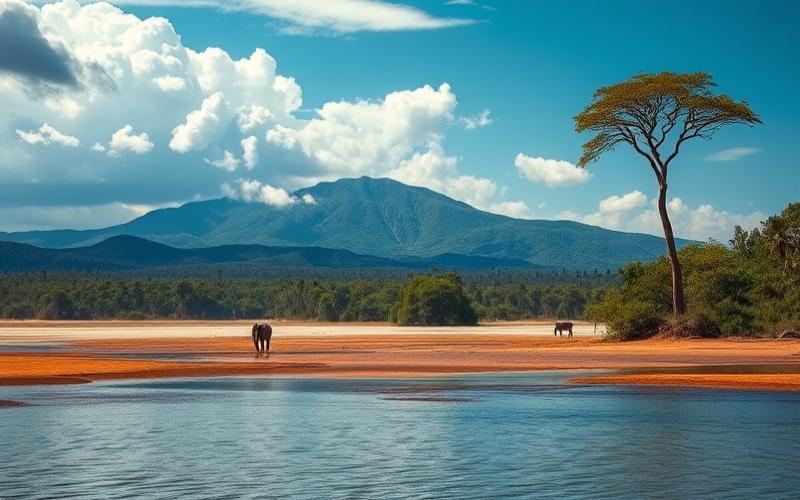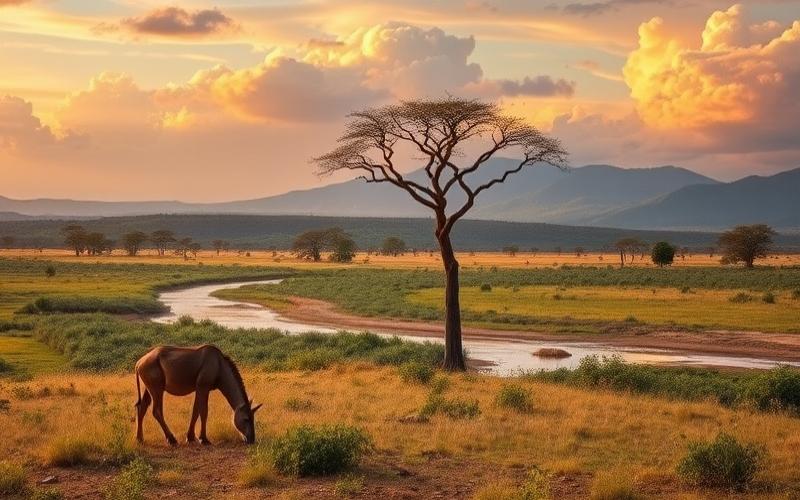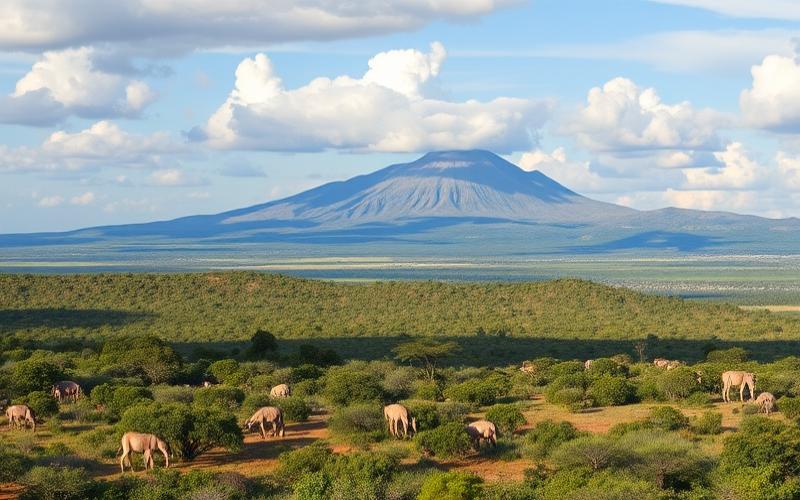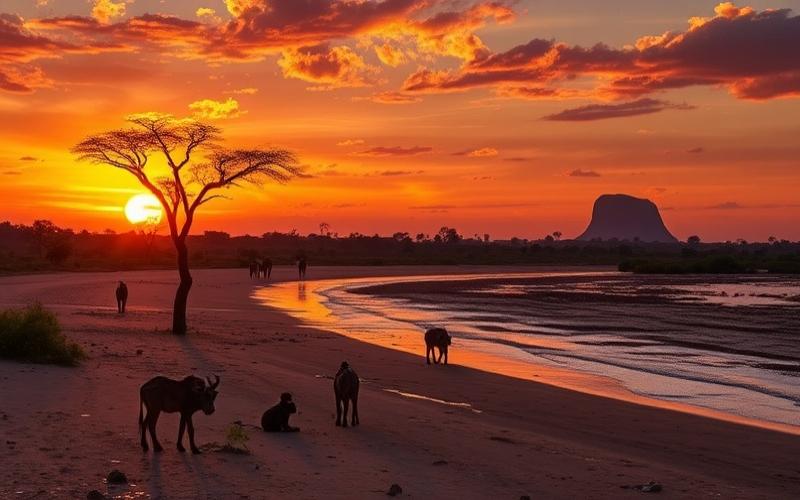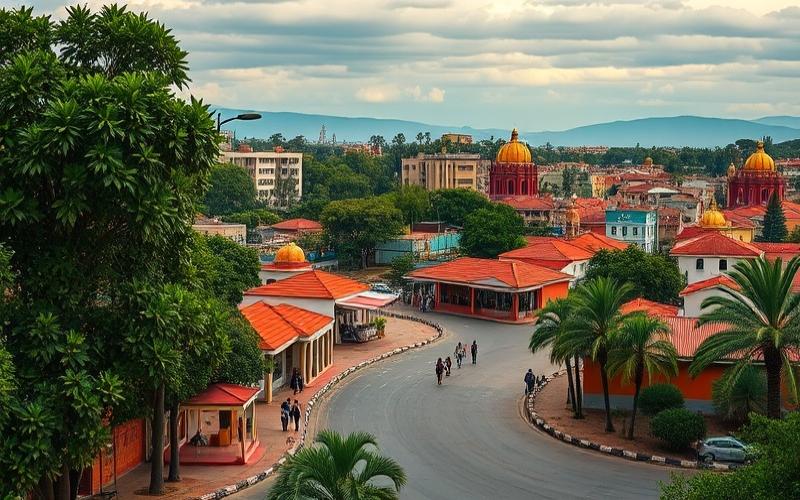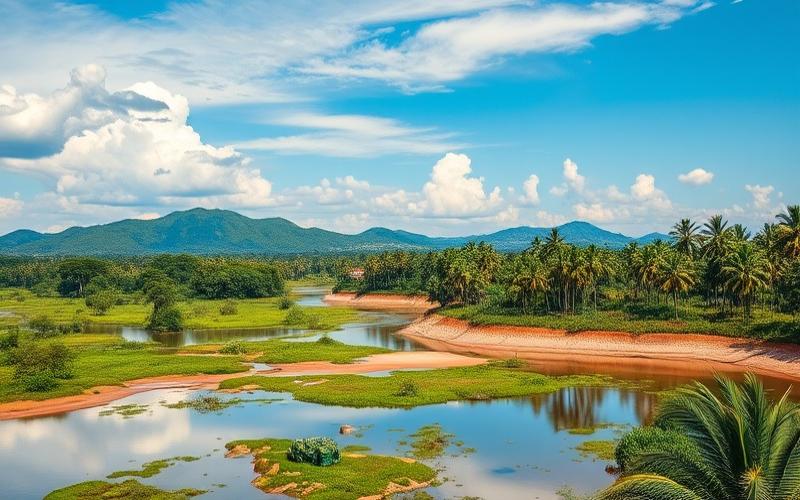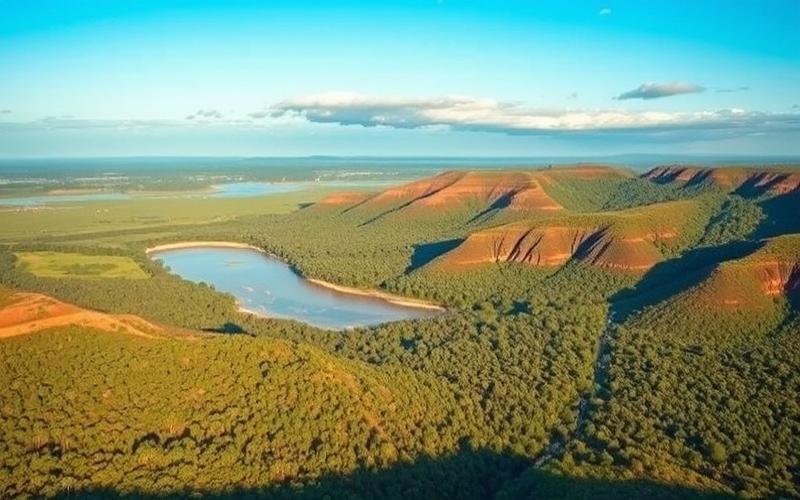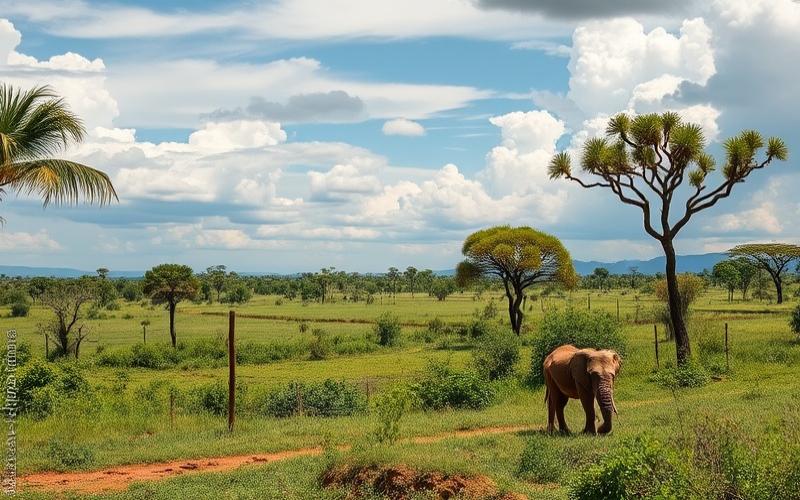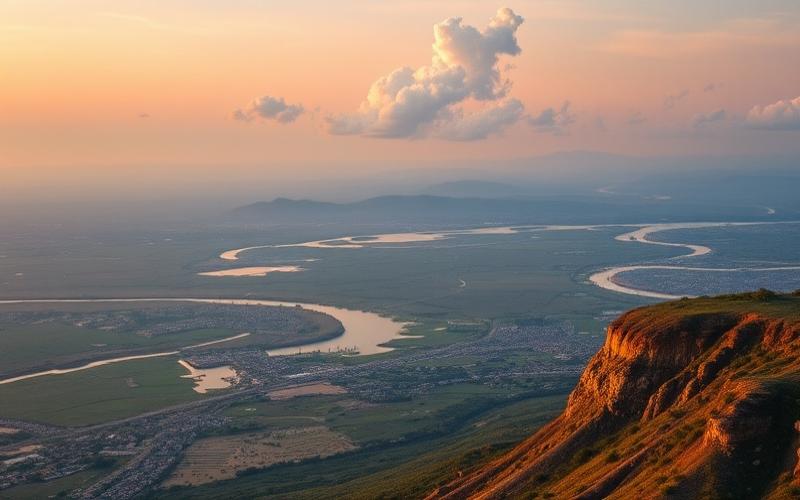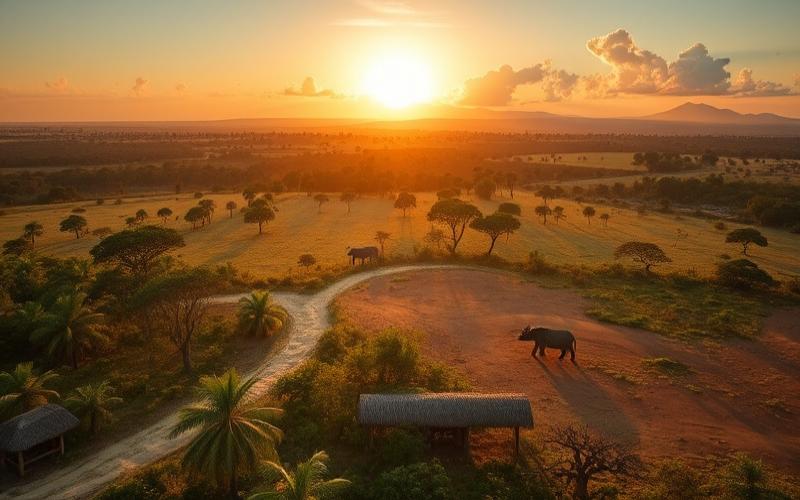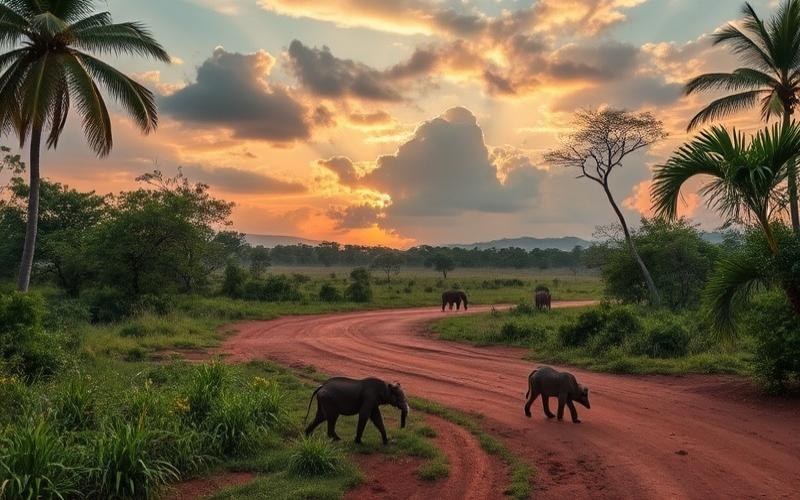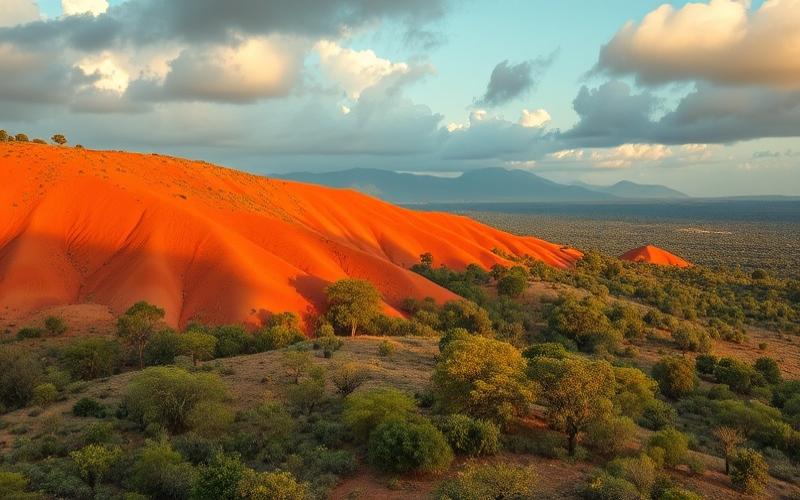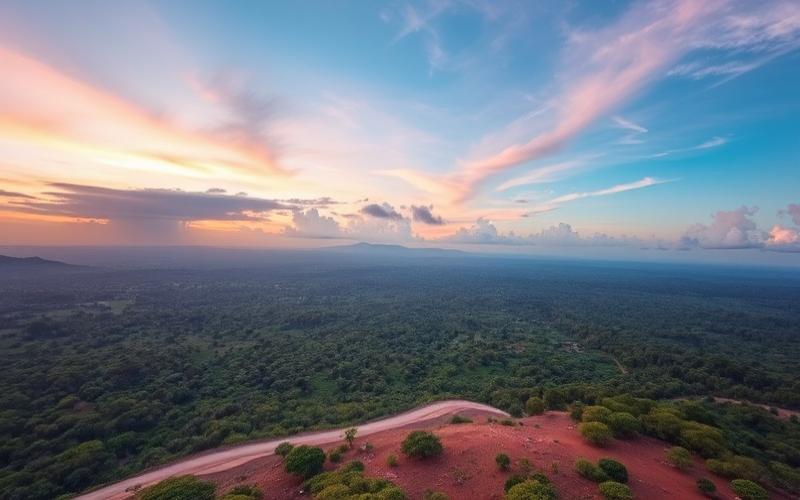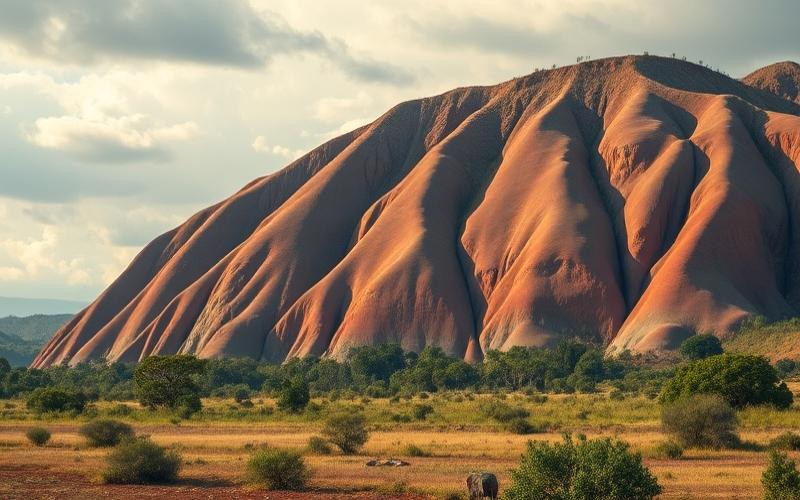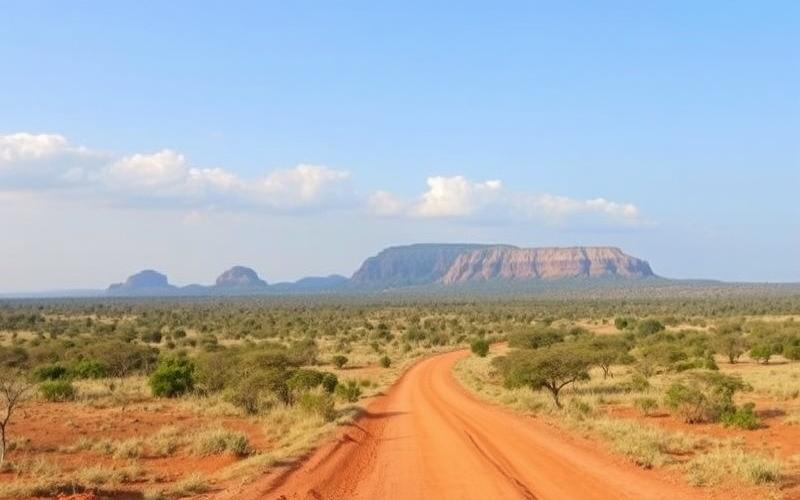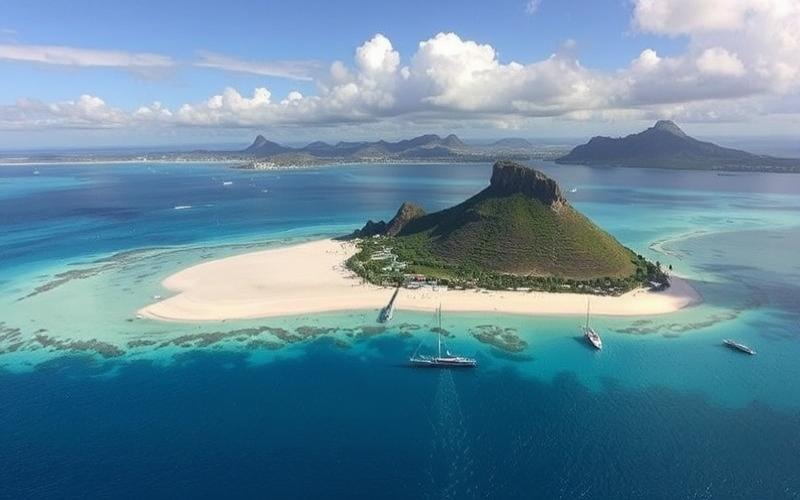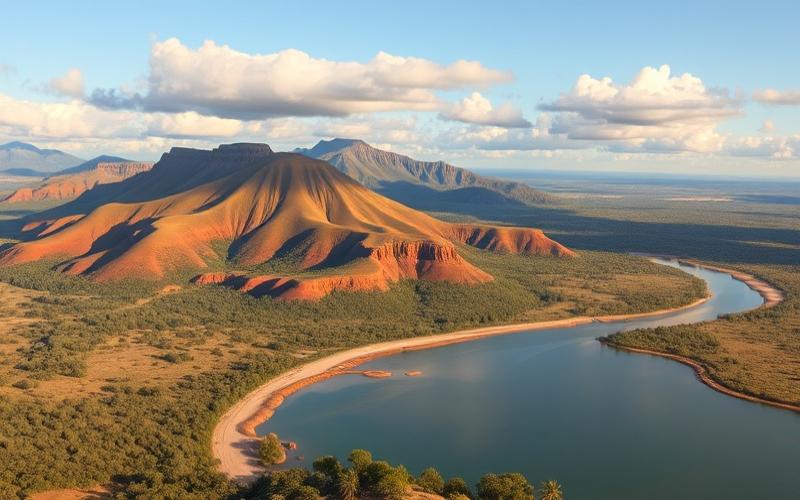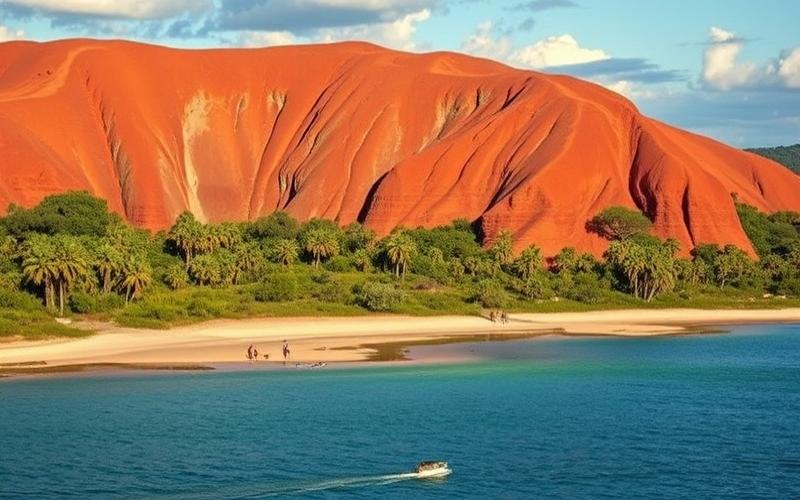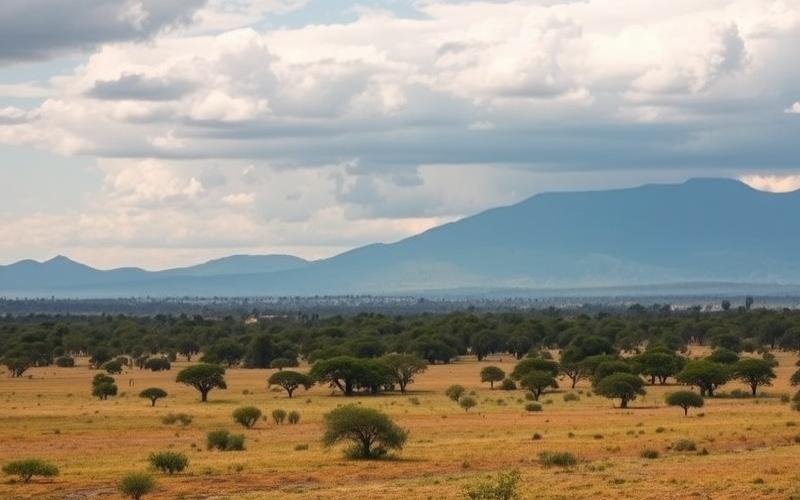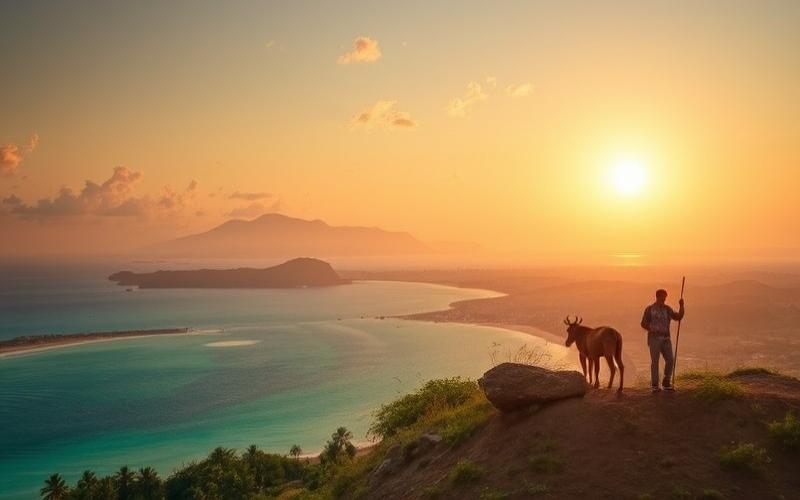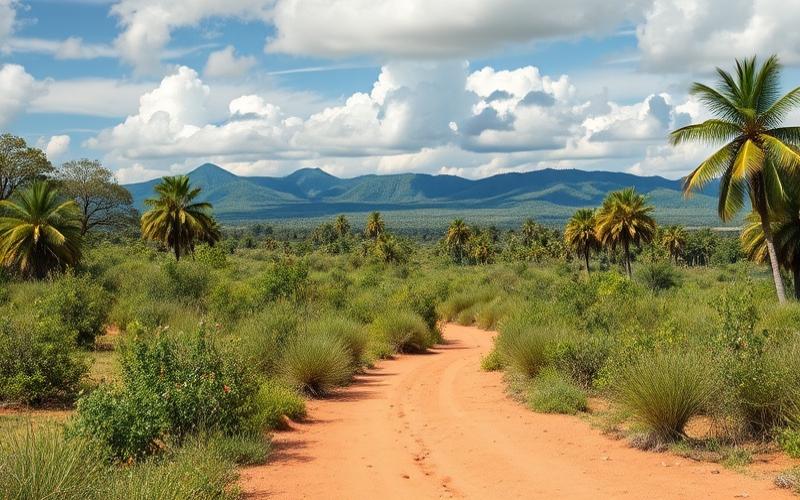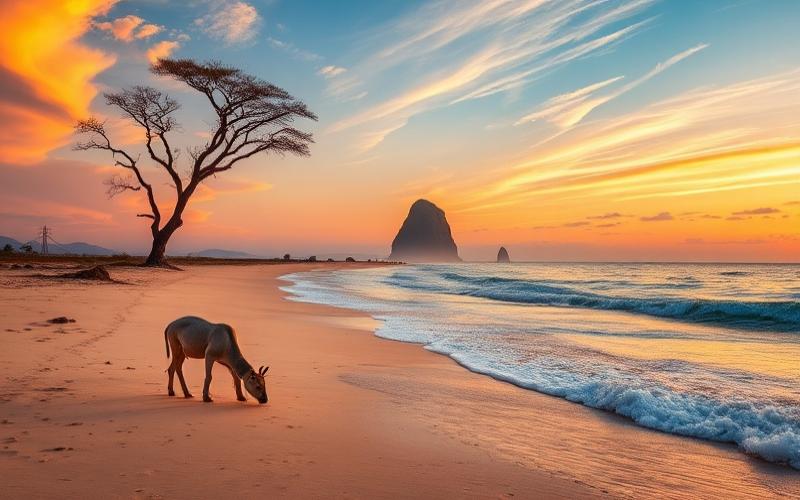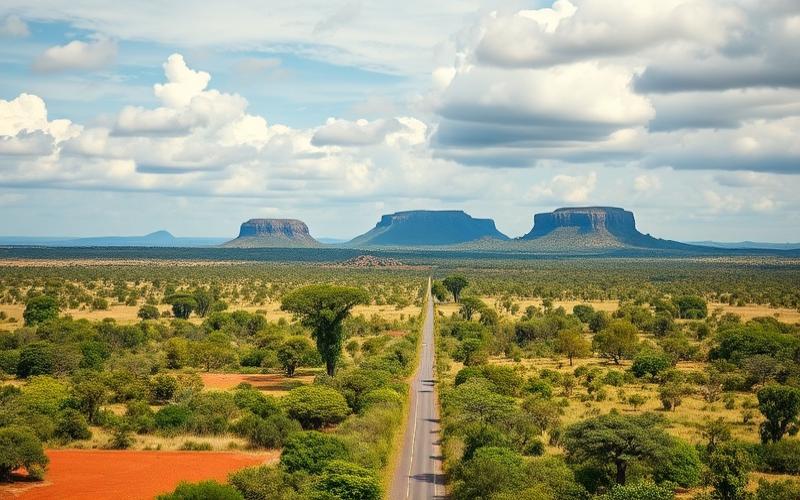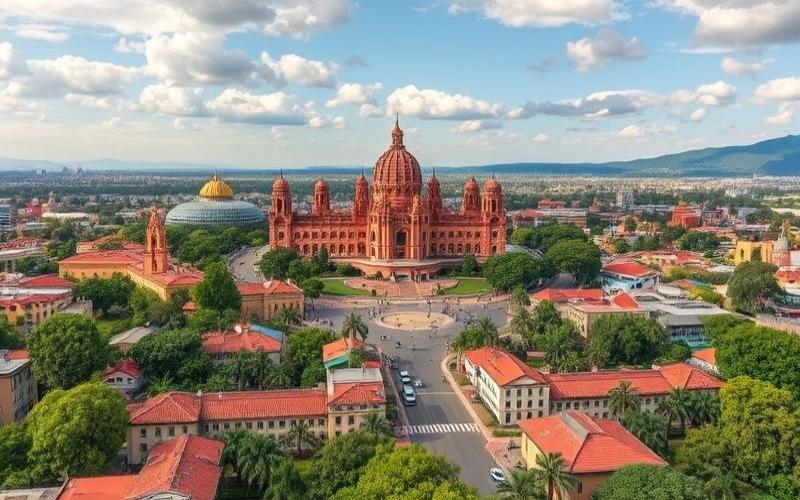
 Published on and written by Cyril Jarnias
Published on and written by Cyril Jarnias
Madagascar: Real Estate Price Surge Expected by 2030
As Madagascar, an island renowned for its exceptional biodiversity and breathtaking landscapes, increasingly captures international attention, a unique economic dynamic is gradually taking shape toward 2030.
Amid rapid modernization and urbanization, certain Malagasy cities are poised to experience a dramatic price surge, reshaping the landscape for investors and residents alike.
This article examines these key cities where real estate inflation threatens to profoundly transform the market, offering insight into the underlying factors driving this economic evolution, along with unprecedented opportunities and potential challenges emerging for local residents and economic stakeholders.
Good to Know:
Madagascar boasts one of the world’s richest biodiversities, with numerous endemic species. This unique characteristic also attracts investors in the tourism sector, indirectly impacting the real estate market.
Promising Cities in Madagascar for Real Estate in 2030
Antananarivo: Metropolis in Transformation
The Malagasy capital stands as the island’s essential economic center with rapid urbanization and continuously growing real estate demand. Business districts like Ankorondrano and Andraharo are experiencing remarkable development, fueled by new corporate establishments and expansion in the tertiary sector. The upscale residential neighborhood of Ivandry particularly attracts expatriates and Malagasy executives with its modern infrastructure, shopping centers, and quality of life. Meanwhile, Ankadimbahoaka, south of the capital, is witnessing an impressive real estate boom with numerous construction projects attracting a young, dynamic clientele.
Nosy Be: Tourism Gem with Strong Potential
The “perfume island” confirms its position as a premier tourist destination in the Indian Ocean. The Ambatoloaka district represents the island’s tourism heart with its white sand beaches, restaurants, and entertainment venues making it highly sought after by international visitors. Villas and apartments with sea views are particularly in demand for seasonal rentals. Hell-Ville, Nosy Be’s capital, is also experiencing rapid development of its real estate portfolio, offering interesting opportunities for constructing small buildings or acquiring land plots. Its proximity to the port and airport makes it a strategic location for long-term rental investments.
Toamasina (Tamatave): Expanding Economic Hub
As the country’s primary port, Toamasina benefits from significant development linked to port and industrial activities. The real estate market is supported by stable local demand and robust economic growth. Commercial real estate near port areas, residences for industrial sector executives, and mixed commercial-residential projects constitute the main growth sectors in this coastal city.
Antsirabe: Emerging Industrial Center
Antsirabe is establishing itself as a city experiencing rapid demographic expansion. Its economic development, driven by industry and agriculture, makes it an increasingly attractive destination for real estate investors seeking alternative markets to the capital.
| City | Growth Sectors | Expected Returns | Growth Factors |
|---|---|---|---|
| Antananarivo | High-end residential, offices | 6-8% | Economic development, expatriates |
| Nosy Be | Tourism, vacation homes | 6-8% | International tourism, ecotourism |
| Toamasina | Commercial real estate, residential | 5-7% | Port activities, industry |
| Antsirabe | Residential, commercial | 4-6% | Industrialization, demographics |
Trends and Outlook
- Emergence of green real estate with new standards and subsidies implemented in 2025
- Accelerated urbanization, particularly in major cities like Antananarivo
- Development of tourism infrastructure in coastal and island areas
- Growing interest from foreign investors, particularly French, attracted by attractive returns
- Diversification of real estate offerings with innovative concepts adapted to local specificities
Real estate prices in these strategic areas are expected to continue their upward trajectory toward 2030, driven by increasing demand and infrastructure improvements. Neighborhoods like Ivandry and Ankadimbahoaka in Antananarivo, along with tourist areas in Nosy Be, present the most promising appreciation prospects.
Good to Know:
In Madagascar, the cities of Antananarivo, Tamatave, and Majunga show promise for real estate by 2030, thanks to economic growth stimulated by infrastructure developments like new roads and ports, and ambitious urbanization projects. Antananarivo, the capital, benefits from government initiatives to improve living standards and attract investments, with increased housing demand fueled by a growing population. Tamatave, the country’s main port, sees its economic prospects expanding through port facility enhancements, strengthening its role as a commercial hub. Meanwhile, Majunga attracts with its tourism appeal and opportunities in ecotourism, generating rising real estate demand. These cities offer attractive quality of life and diverse employment opportunities, leading to forecasts of significant real estate price increases.
Long-Term Investment Potential in Madagascar
Madagascar presents particularly attractive long-term investment potential, driven by a combination of favorable structural and cyclical factors:
- Ambitious economic reforms aimed at market liberalization and equality between local and foreign investors
- Relative political stability, strengthened since resilience to recent global shocks
- Abundant natural resources: 5,000 km of coastline conducive to maritime trade, significant mineral reserves (nickel, cobalt), unique biodiversity
- Sustained demographic growth (over 29 million inhabitants by 2025) and rapid urbanization
Recent Statistics and Economic Outlook
| Year | GDP Growth (%) | Medium-Term Forecast |
| 2025 | 4.6 – 5.4 | Around 5% |
| 2026–2027 | ≈4.7 | Progressive increase |
IMF forecasts indicate average annual growth exceeding that of many comparable African countries. This dynamic is stimulated by key sectors such as agriculture (vanilla, cocoa), ecological tourism, and mining.
Promising Industries for Diversification
- Agriculture/agribusiness: Madagascar remains world leader for vanilla; development of other export sectors (lychees, spices)
- Tourism: Exceptional biodiversity attracting growing numbers of international visitors; expanding eco-tourism
- Renewable energy: Strong solar and hydroelectric potential; major projects supported by international partnerships in hydroelectric sector
- ICT/Technologies: Young trained workforce with competitive costs; growing appetite from European and African investments
Government Commitment & Incentives
The Malagasy government distinguishes itself through:
- Attractive tax framework: corporate tax reduced to 0% for five years in certain priority sectors or free zones
- Double taxation agreements signed with several major partner economies
- Accelerated modernization of port/urban infrastructure
Concrete example: The agreement signed with a French consortium to build a hydroelectric plant illustrates openness to foreign capital.
Rapid Urbanization & Real Estate Dynamism
Cities like Antananarivo (capital), Toamasina, and Nosy Be are experiencing marked real estate price increases linked to influx of private investors. This phenomenon accompanies:
- Increase in residential/mixed real estate portfolio
- New business districts or tourism poles developed in urban periphery
The acceleration of this urbanization directly contributes to strengthening local economic potential while offering real estate investors solid prospects for asset appreciation.
All these factors position Madagascar among African emerging markets where economic opportunities should multiply by 2030—thanks both to sectoral dynamism and continuous improvement in business climate.
Good to Know:
Madagascar represents a long-term investment opportunity through its economic reforms aimed at better integrating foreign capital and modernizing infrastructure, supported by relative political stability. The country possesses abundant natural resources, like rare minerals, and displays economic diversification with promising sectors such as tourism, organic agriculture, and renewable energy. The World Bank estimates 5% annual economic growth for the next decade, strengthening attractiveness for investors. Cities like Antananarivo and Toamasina are already experiencing real estate price increases, linked to rapid urbanization, well illustrating profitability potential. The Malagasy government firmly commits to supporting these dynamics, thus offering real economic opportunities by 2030.
Analysis of Expected Growth Areas by 2030
Analysis of Expected Growth Areas in Madagascar by 2030
Cities Where Strong Price Increases Are Expected
- Antananarivo: capital and economic center, main driver of real estate and commercial growth
- Toamasina (Tamatave): country’s main port, beneficiary of logistics and industrial investments
- Mahajanga and Toliara: regional hubs booming through tourism, port, or mining development
Economic or Social Factors Contributing to This Increase
– Major national investments in energy (hydroelectric, solar), road, and port infrastructure
– Growing influx of foreign direct investments (FDI), particularly in agribusiness, coastal/ecotourism, and mining
– Government policies favoring attractive business climate: special economic zones around Toamasina and Antananarivo for industrial transformation; incentive programs for private investors
Relevant Demographic Forecasts
| Year | Estimated Total Population | Urban Percentage |
|---|---|---|
| 2025 | ~30 million | ~39% |
| 2030 | >32 million | >41% |
The rapid increase in urban population will intensify pressure on housing, essential urban services (water, electricity), and the job market.
Emerging Industries Influencing Economic Growth
- Agribusiness: increased diversification around cocoa, locally processed vanilla, modernized agricultural exports
- Renewable Energy: priority hydroelectric projects; massive deployment of off-grid solar in secondary centers
- Logistics/Port Services: capacity expansion in Toamasina to meet growing regional trade
- Digital Technologies: progressive development of fintech and e-commerce solutions in response to sustained urbanization
Potential Impacts on Living Environment and Urban Ecology
Rapid increase in land/housing prices, heightened risk of spatial inequalities between renovated/central neighborhoods invested in versus less-equipped peripheries
Increased environmental pressures, particularly accelerated loss of peri-urban green spaces to informal settlements
New health challenges, linked to urban densification without sufficient sanitation or waste management support
Increased possibility of formal employment in certain sectors, but persistent risk of precariousness if urbanization isn’t managed through coherent territorial planning policy
The outlook is therefore mixed: while these dynamics create significant potential to propel Madagascar toward a more diversified and resilient economy by 2030, they also impose a strong imperative for sustainable urban planning so economic growth doesn’t rhyme with social or environmental degradation.
Good to Know:
In Madagascar, Antananarivo, Toamasina, and Toliara are among cities where prices are expected to significantly increase by 2030, largely due to growing investments, both national and international, and notable infrastructure improvements. Road modernization and electrical grid extensions, supported by favorable government policies, contribute to this dynamic. Beyond investment growth, the expansion of textile and mining industries fuels economic growth, attracting young qualified labor, confirmed by marked urban demographic influx. Consequently, this boom could lead to increased cost of living, with potential repercussions on living standards, such as urban densification and heightened pressure on natural resources, requiring sustainable urbanization strategies.
Disclaimer: The information provided on this website is for informational purposes only and does not constitute financial, legal, or professional advice. We encourage you to consult qualified experts before making any investment, real estate, or expatriation decisions. Although we strive to maintain up-to-date and accurate information, we do not guarantee the completeness, accuracy, or timeliness of the proposed content. As investment and expatriation involve risks, we disclaim any liability for potential losses or damages arising from the use of this site. Your use of this site confirms your acceptance of these terms and your understanding of the associated risks.

